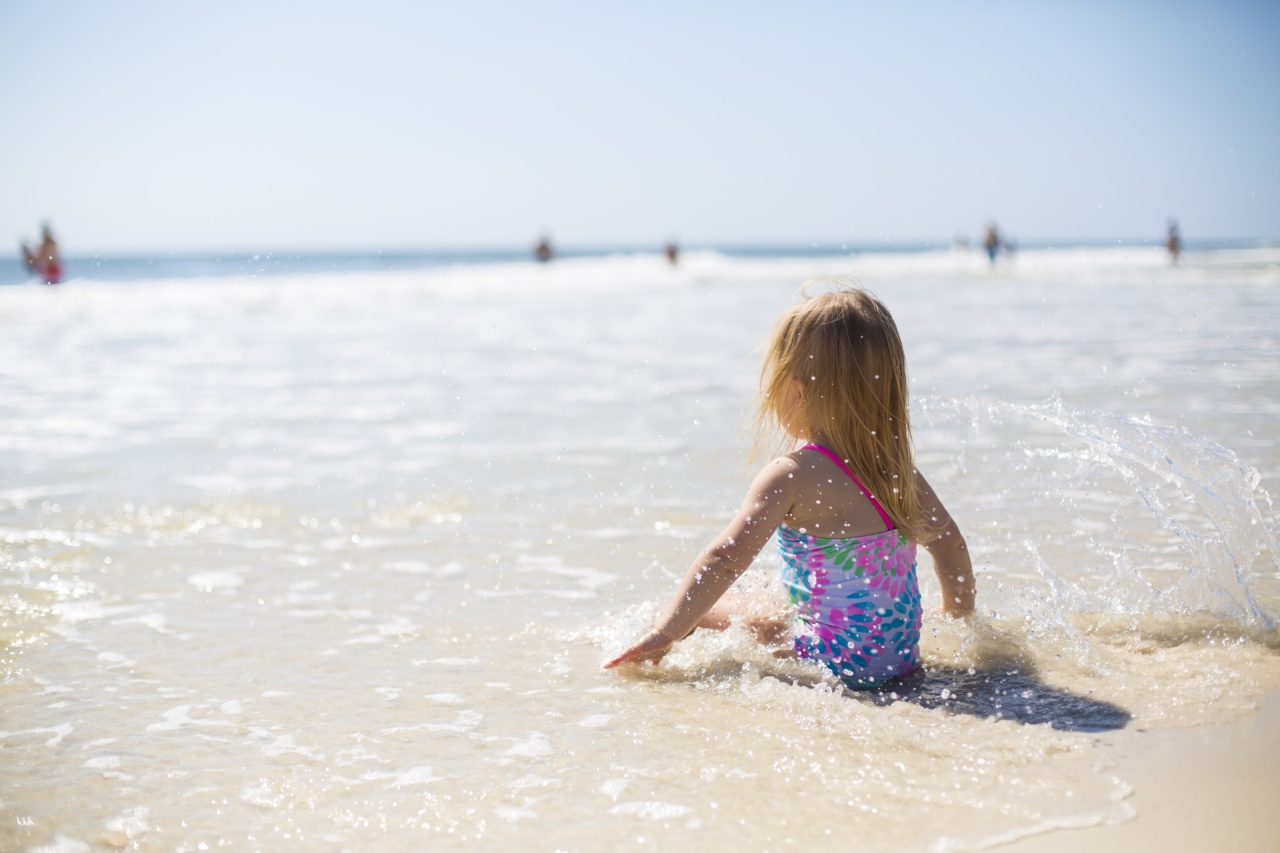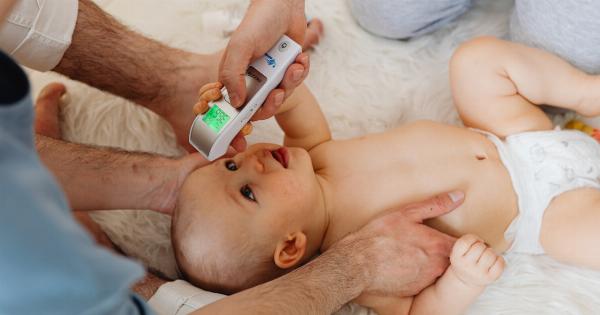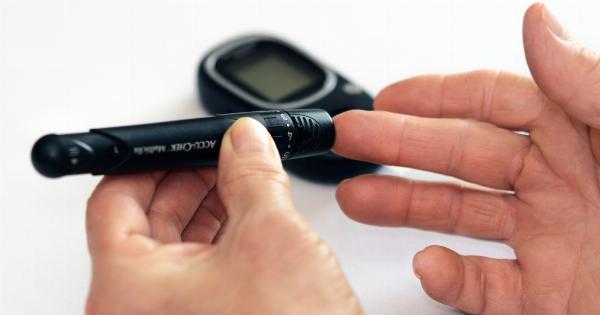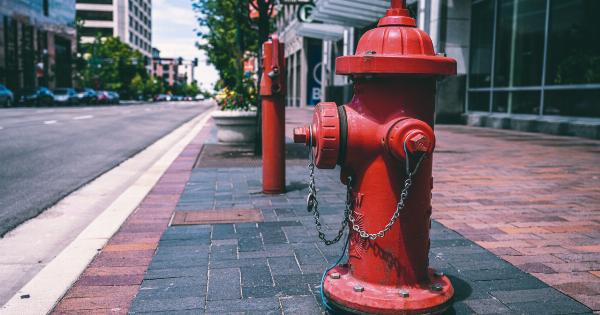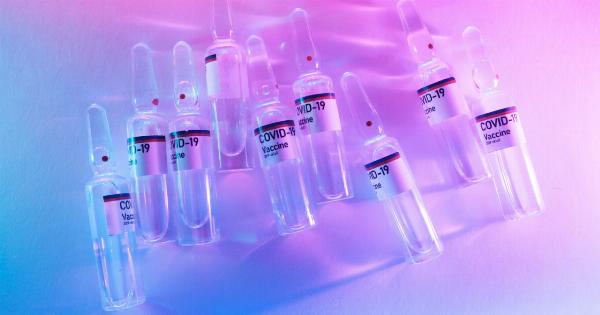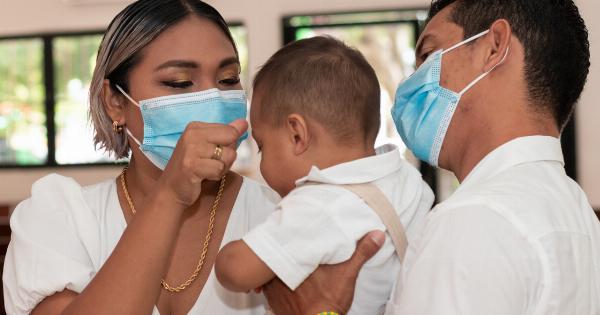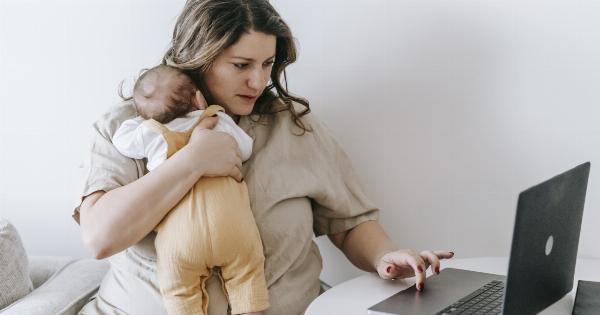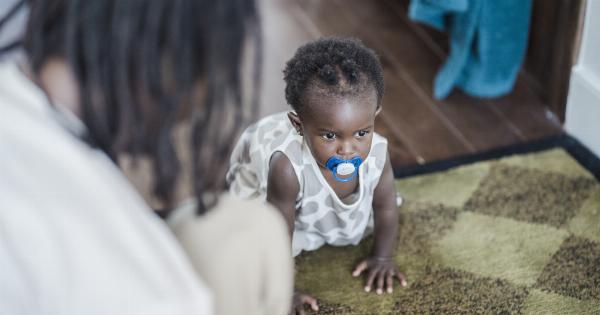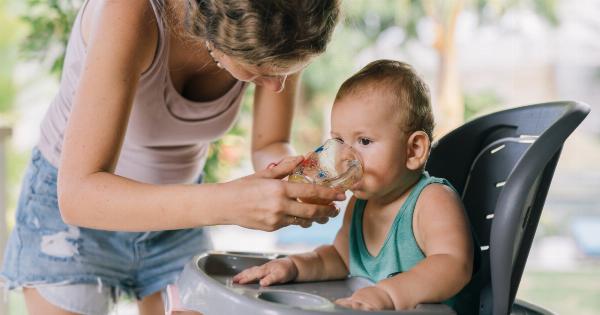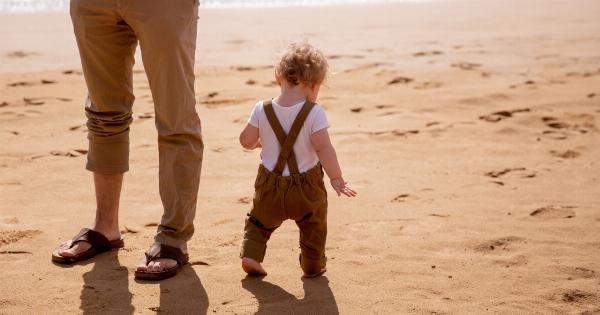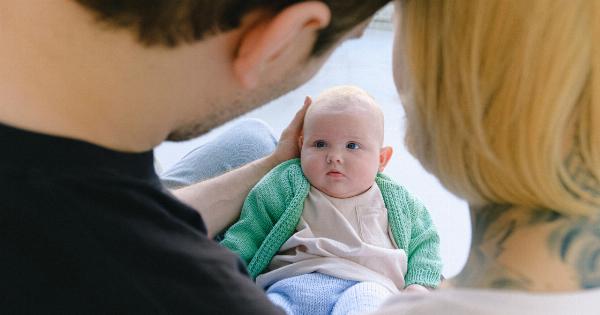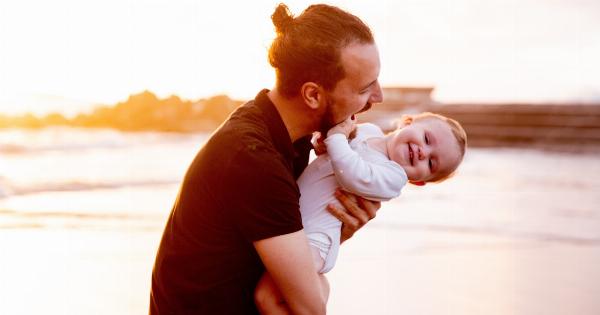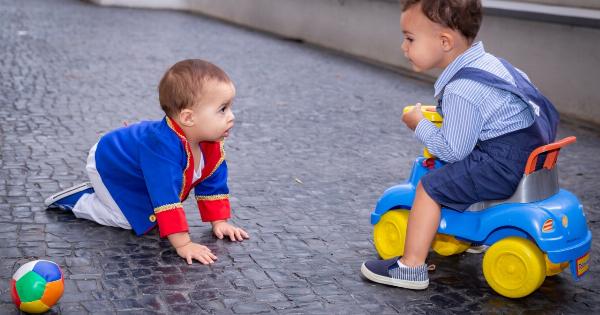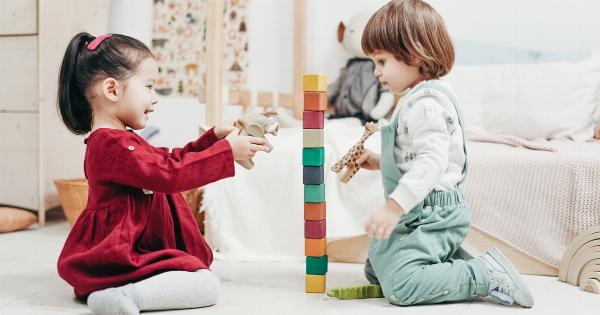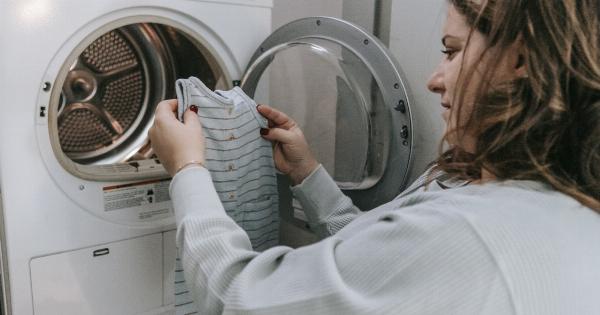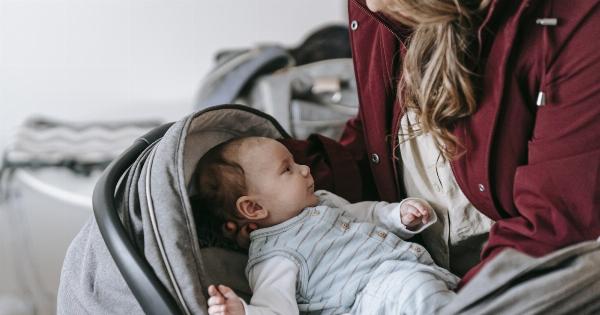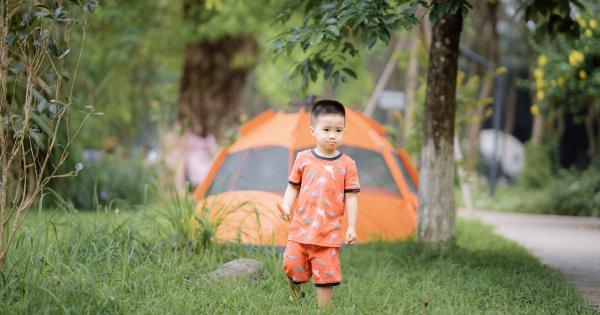Bathing your baby is an essential part of their daily routine. Bathing not only keeps your baby clean, but it can also be an enjoyable bonding experience for both you and your baby.
However, determining the optimal temperature for your baby’s bath water can be a bit of a challenge. You want the water to be warm enough to be comfortable for your baby, but not too hot that it can cause burns. So, how hot should you make your baby’s bath water?.
What is the right temperature for baby bath?
The ideal temperature range for baby bath water is between 37°C to 38°C (98.6°F to 100.4°F). This is the same temperature range as our body’s normal temperature. You want the water to be comfortably warm, not hot or cold.
Always test the water temperature before placing your baby in the bath. You can use a thermometer to check the temperature or use your wrist or elbow to test the water. The water should feel warm to the touch, but not hot or cold.
If the water feels too hot or cold, adjust accordingly until it reaches the ideal temperature range.
Why is the right temperature important?
Maintaining the right temperature for your baby’s bath water is important to prevent burns or scalds. A baby’s skin is more delicate and sensitive than adult skin.
Their skin is also thinner and takes longer to cool down, which means they are at a greater risk of burns from hot water. Bathing your baby in water that is too hot can lead to discomfort, burns, and even a drop in blood pressure.
On the other hand, bathing your baby in water that is too cold can cause them to feel uncomfortable and make the bath experience unpleasant for both you and your baby.
How to maintain the right temperature during bath time?
It’s important to maintain the right temperature throughout the bath to ensure your baby’s safety and comfort. Here are some tips to help you maintain the right temperature:.
: Use a Bath Thermometer
You can use a bath thermometer to check the temperature of the water before placing your baby in the bath. You can easily find a bath thermometer at any baby store or online.
It’s a convenient tool that ensures you get the right temperature every time.
: Test the Water with Your Arm
If you don’t have a bath thermometer, you can use your elbow or wrist to test the water. The water should feel comfortably warm to the touch. If it’s too hot or too cold, adjust the temperature accordingly.
: Keep the Room Warm
Babies can get cold quickly after getting out of the bath, which can cause them to become uncomfortable and cry. To avoid this, make sure to keep the room warm during the bath.
You can turn up the thermostat or use a space heater to maintain a warm temperature in the room.
: Avoid Adding Hot Water
Adding hot water to the bath while your baby is in it is not recommended. The temperature of the water can change quickly and cause discomfort or even burns.
It’s best to fill the bath with the right temperature of water before placing your baby in it.
: Never Leave Your Baby Unattended
It’s important to never leave your baby unattended during bath time. Even a small amount of water can be dangerous to your baby if they accidentally inhale it. Always keep your hands on your baby during bath time to ensure their safety.
What are the signs that the water is too hot?
Even if you follow all the guidelines for maintaining the right temperature for your baby’s bathwater, accidents can still happen. It’s important to know the signs that the water is too hot for your baby. Here are some signs to look out for:.
: Red or Pink Skin
If you notice that your baby’s skin looks red or pink while in the bath, it’s a sign that the water may be too hot. Take your baby out of the bath and check the temperature of the water immediately.
: Your Baby is Uncomfortable
If your baby becomes fussy or uncomfortable in the bath, it’s possible that the water is too hot. Take your baby out of the bath and check the temperature of the water.
: Blisters or Burns
In extreme cases, your baby may suffer from blisters or burns due to hot water. If you notice any signs of burns or blisters, seek medical attention immediately.
Conclusion
Maintaining the right temperature for your baby’s bath water is essential for their safety and comfort. Always aim for a temperature between 37°C to 38°C (98.6°F to 100.4°F).
Use a bath thermometer or test the water with your arm to ensure the water is comfortably warm. Remember to keep the room warm, never leave your baby unattended, and avoid adding hot water to the bath. By following these guidelines, you can ensure an enjoyable and safe bath time experience for both you and your baby.
